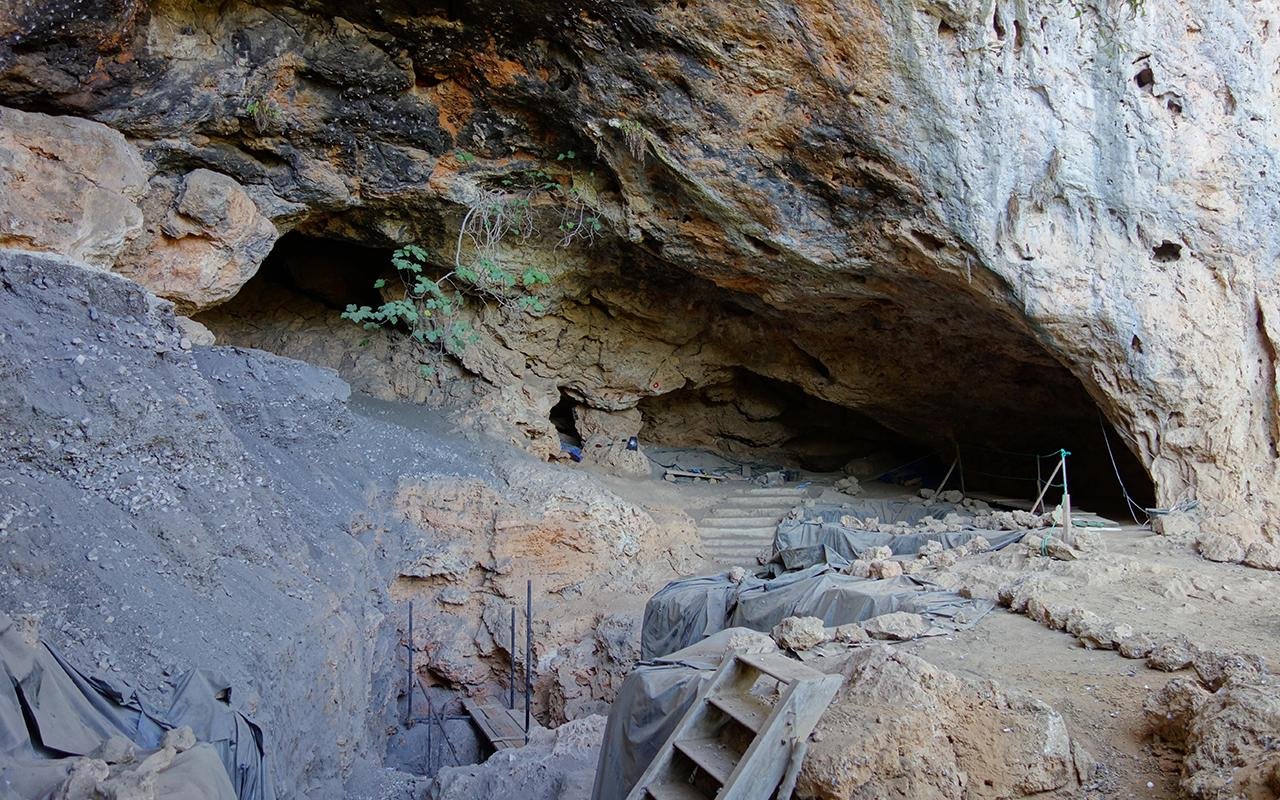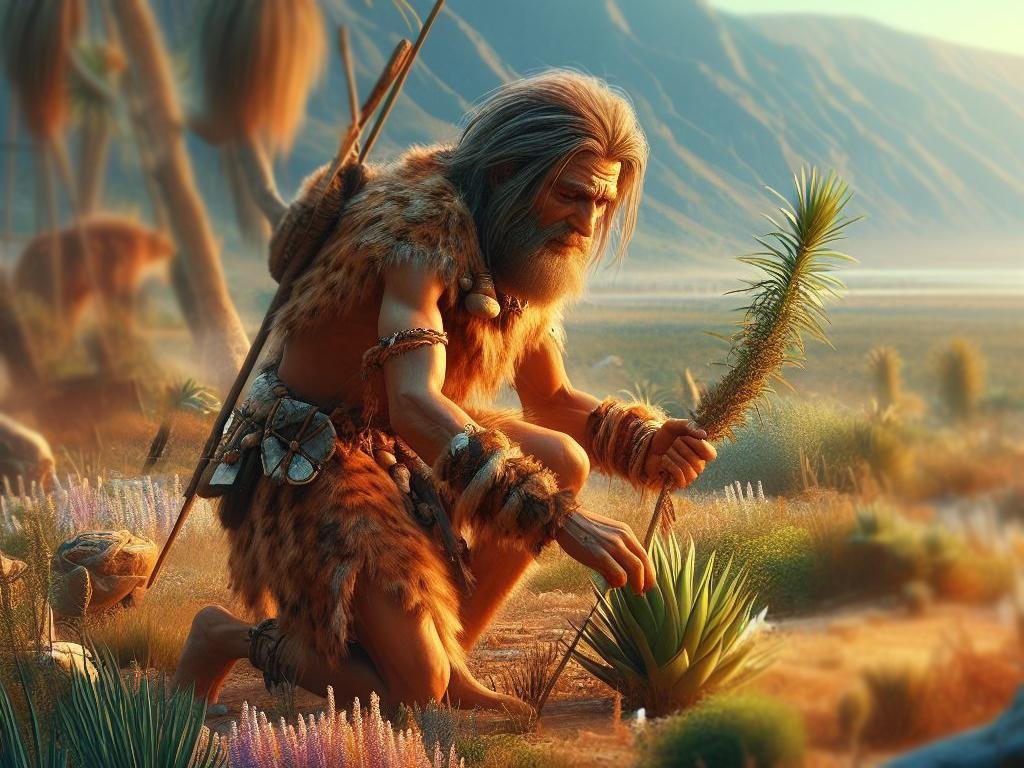A new study conducted by an international team of scientists challenges long-held beliefs about the dietary habits of prehistoric human populations in Northwest Africa.
 The site of Taforalt. Credit: Nicolas Perrault III/Wikimedia Commons
The site of Taforalt. Credit: Nicolas Perrault III/Wikimedia Commons
Led by Zineb Moubtahij from the Max Planck Insтιтute for Evolutionary Anthropology in Leipzig, Germany, an international team of scientists conducted a comprehensive analysis of human and animal remains from the Late Stone Age (LSA) cave burial site of Taforalt in present-day Morocco.
This site, ᴀssociated with the Iberomaurusian culture, provides a window into the dietary practices of hunter-gatherers living approximately 15,000 to 13,000 years ago, well before the emergence of agriculture in the region.
Contrary to long-held beliefs about the predominance of meat in the diets of pre-agricultural human groups, the study reveals a significant preference for plant-based foods among the Iberomaurusians.
 Human tooth from the Taforalt Cave in Morocco. Credit: Heiko Temming
Human tooth from the Taforalt Cave in Morocco. Credit: Heiko Temming
The research employed a multi-isotopic approach, including zinc and strontium analysis in dental enamel, carbon, nitrogen, and sulfur analysis in collagen, and amino acid analysis of human and faunal remains. These techniques provided compelling evidence of a substantial reliance on plants, particularly Mediterranean species.
Archaeobotanical remains found at the Taforalt site, such as acorns, pine nuts, and wild pulses, further support the conclusion that plant foods played a central role in the diet of these ancient hunter-gatherers. Plant-based foods may have also been introduced into the diets of infants, suggesting the possibility of earlier weaning practices than previously thought.
The study’s findings have significant implications for our understanding of human subsistence strategies and the development of agriculture. These findings challenge traditional models of human nutrition and the origin of agriculture, suggesting that the consumption of plant foods predates the advent of farming in the region by several millennia.
 An image shows what a prehistoric hunter-gatherer may have looked like.
An image shows what a prehistoric hunter-gatherer may have looked like.
Zineb Moubtahij, the lead author of the study, said: “Our research not only sheds light on the dietary practices of pre-agricultural human groups but also underscores the complexity of human subsistence strategies in different regions. Understanding these patterns is crucial for unraveling the broader story of human evolution.”
Moreover, this study marks a significant milestone in African archaeology, as it is the first to utilize zinc isotopes preserved in enamel to determine the diet of ancient populations on the continent.
More information: Moubtahij, Z., McCormack, J., Bourgon, N. et al. (2024). Isotopic evidence of high reliance on plant food among Later Stone Age hunter-gatherers at Taforalt, Morocco. Nat Ecol Evol. doi:10.1038/s41559-024-02382-z





